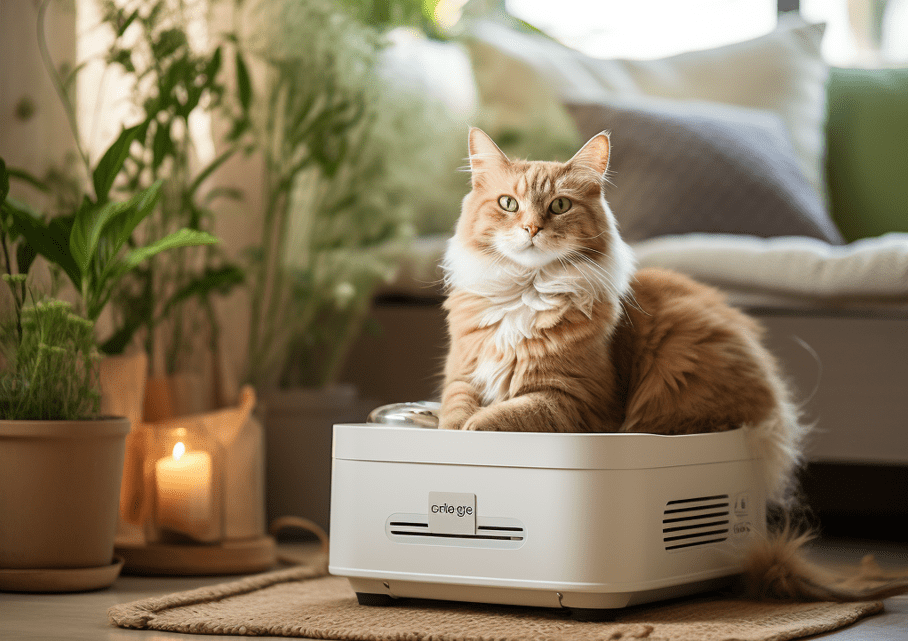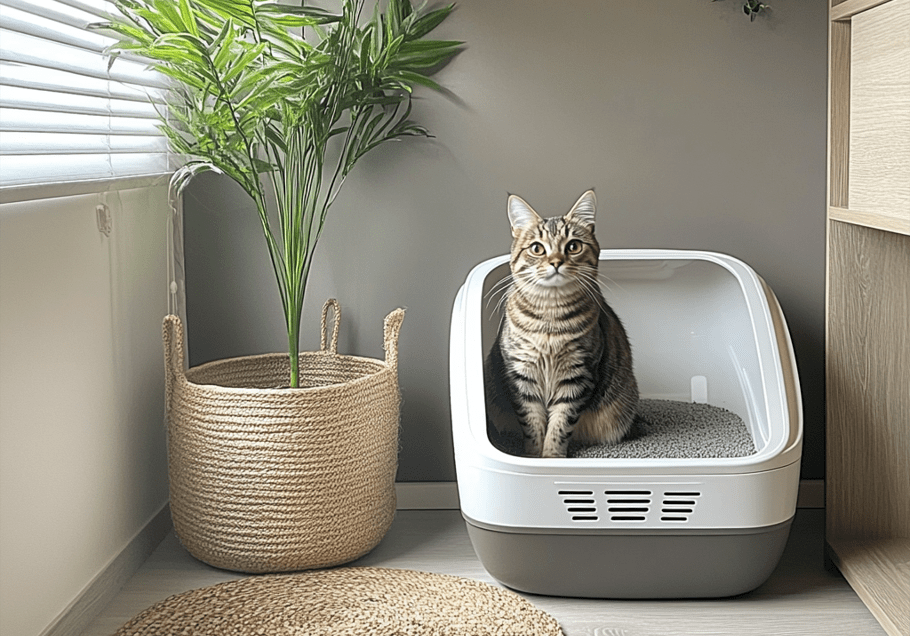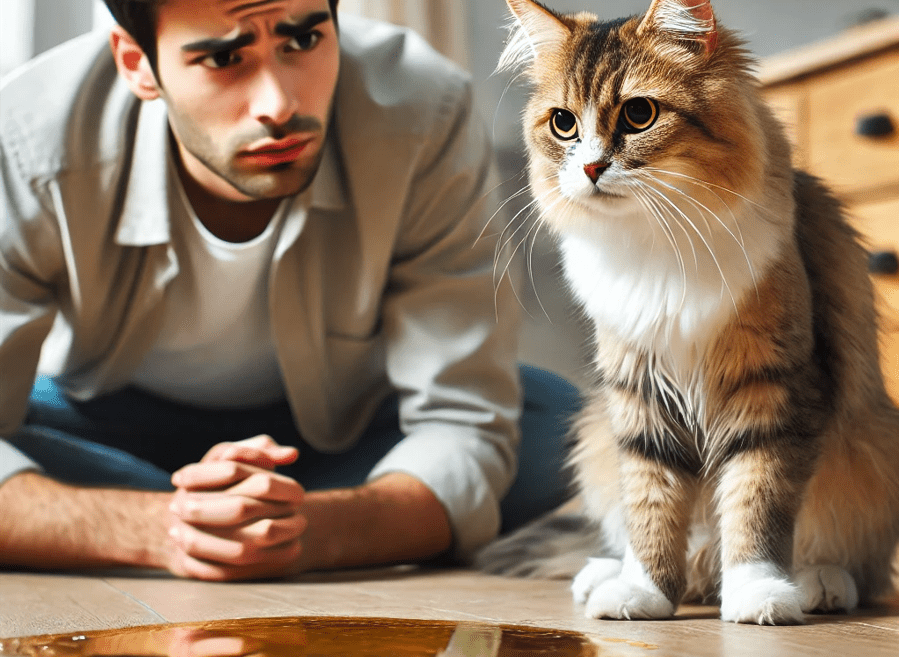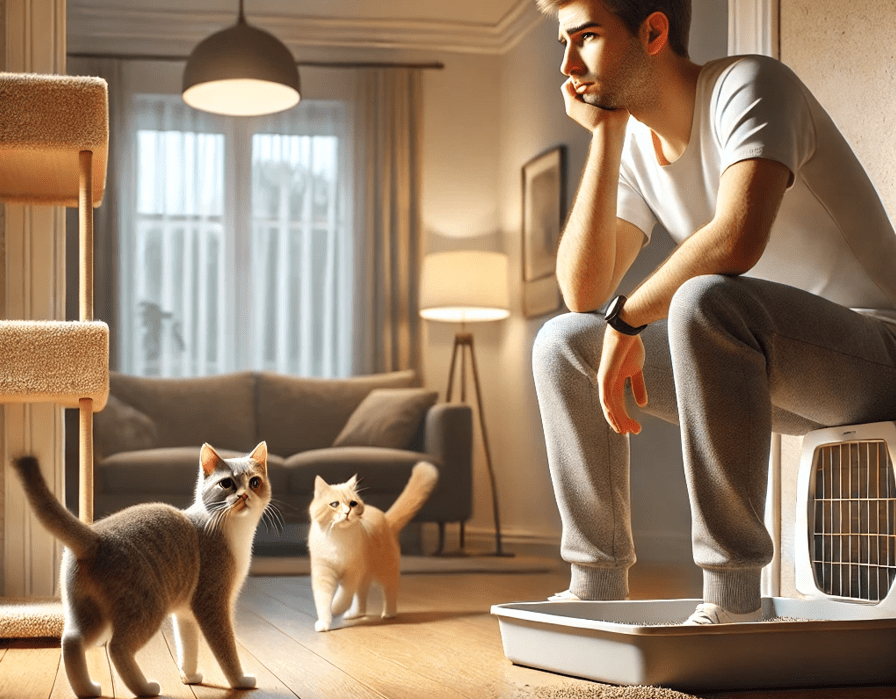
Does your cat reject the litter box as a biological solution? The general litter box avoidance problem arises due to a combination of litter box defects and placement dissatisfaction and inadequate box quantity as well as environment adjustment after introducing new pet and medical causes. Selecting best solutions for litter box avoidance helps both cats and cat owners by keeping homes clean and cat lives content. Most causes of litter box issues need simple modifications to solve them while you investigate the primary source of your cat’s behavior.
Cats have no intention to punish you so they abstain from using their litter box. Administering punishment to your cat will not resolve litter box issues because such actions could potentially make them worse. Both you and your pet will experience increased anxiety when punishment is used to address stress-related litter box avoidance since stress remains the main issue.
Rule Out Medical Issues
Your first step should be to arrange complete veterinary tests for your cat. Partnered health issues which affect the urinary tract or kidneys often result in a lack of interest in using the litter box. Current veterinary knowledge enables the treatment of many health conditions which also remain budget-friendly for their management. You should look for signs such as problems with urination along with repeated grooming of the genitals or visible blood in urine because these symptoms require urgent veterinary care.
It is imperative to have all cats under your care spayed or neutered. Unspayed male cats develop a tendency for territorial urination which leads them to seek inappropriate urination spots.
Declawed Cats and Litter Box Challenges

A declawed cat tends to develop problems with their litter box. Declawing damages their sensitive paw tissue so litter feels painful to use leading them to hunt somewhere else.
They become distressed by the litter box which causes them to defecate somewhere other than their usual location.
When you own a declawed cat make the switch to softer types of litter. Wood shavings from pine or aspen make better litter choices than standard options because they ease the stress on small pet fur and feet. Shredded newspapers and Yesterday’s News are two soft paper litter options to test. The alternate litter options decrease discomfort and motivate your cat to use the designated toilet area.
You can help your cat use the litter box as intended when its health needs are fixed and you support a more suitable setup plus comfortable surroundings. Showing patience and understanding helps us solve this problem properly.
Why Cats Stop Using the Litter Box

Health problems need immediate examination before you address behavioural reasons for a cat not using the litter box. When medical tests show no issues the main reason behind the problem is related to the litter box setup. These are the usual causes of cats emptying their bladder outside the right litter area:
1.Your cat lacks necessary litter boxes for proper usage.
2.Your cat refuses to use the litter because it does not like what or how the litter feels.
3.Your cat may reject the litter box because it does not fit their preferences for size or type.
4.The position of the litter box creates discomfort that makes your cat less willing to use it.
5.Your cat avoids using the litter box when it appears dirty or poorly maintained.
1.Insufficient Number of Litter Boxes
Every home should contain one litter box for each cat plus another square. You need three litter boxes when you own two cats as standard practice. Keeping different litter boxes offers cats the choice to use separate areas when they want. Put litter boxes at different locations throughout multi-level homes to give cats easier choices. Place litter boxes in different rooms on different levels for easy access.
2.Litter Preferences
Cats detect their preference for specific litter materials. Changing to a different brand of litter recently explains why they refuse to use the box. Because cats have strong senses of smell they react strongly to scented and chemical-filled litter. Most cats like using unscented brand clumping sand-type litter because of its texture.
Make several litter types available including clay, paper shreds, wood pellets, sand, or dirt to find out which your cat prefers. Start by combining small parts of the new litter with used litter and slowly increase this ratio until your cat adapts to the new type fully. Brands provide herbal or natural substances to help cats want to use the litter box.
3.Litter Box Preferences
The design and size of litter boxes heavily affect how much your cat will use them. Standard commercial cat litter boxes do not suit the size of adult cats which hurts their well-being. Replace your current small litter box with a plastic storage bin because it offers larger space for cats to use.
When choosing a litter box for senior and heavier cats select models with lower entry points. Most cats reject enclosed litter boxes because they look for an open setup instead. Cats dislike confined spaces when their elimination area has a top and absorb odor easily.
4.Location of the Litter Box
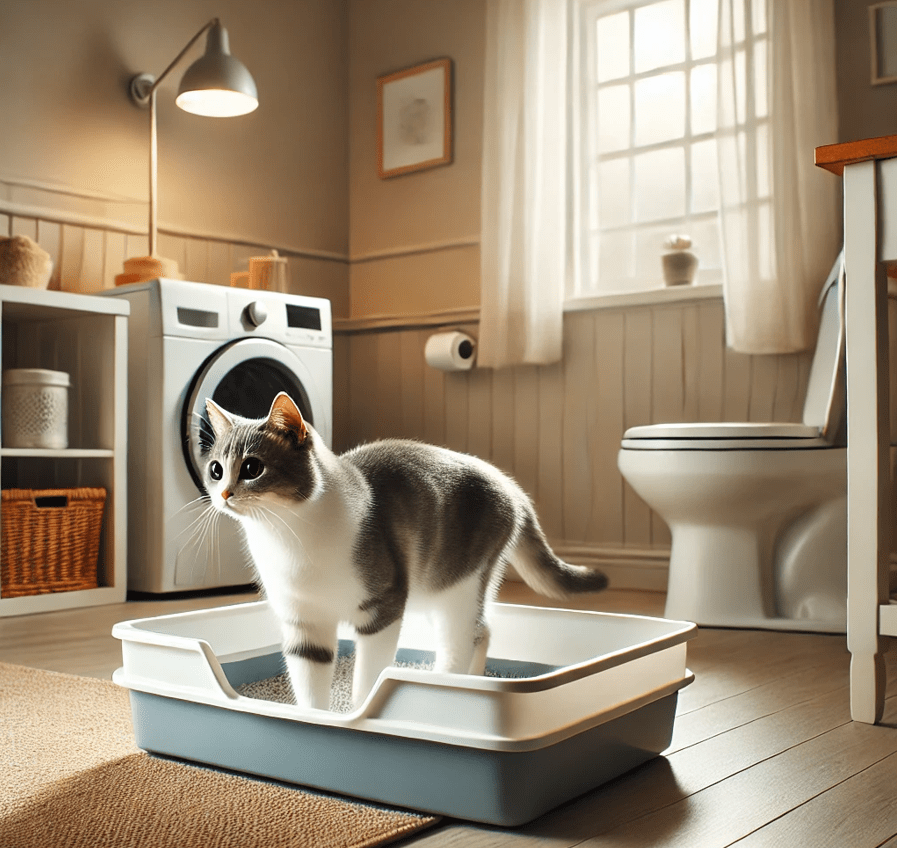
Cats maintain routines best when their habitats do not change. Moving the litter box suddenly will cause your cat to stay away. Take small steps when moving the box by transferring it one or two inches forward daily until you reach the new location.
Favor quiet and easy-to-access spots for the litter box that are far from washing machines and other noisy equipment. Place the cat’s bathroom spot in a private area away from all food and water areas. Keep the box away from enclosed spaces since cats dislike feeling trapped in small areas when using the litter box. Place the litter box in various positions to determine where your cat likes to use it.
5.Cleanliness
Cats stay clean by nature and may select other areas if their litter box becomes unclean. Routine cleaning helps cats continue using the litter box normally. Households with multiple cats should adopt a higher cleaning schedule in addition to daily scooping of the box.
Wash the litter box completely once a week using soft soap without added fragrances. Bleach and ammonia should be avoided because their strong odours drive cats away from the area. An ideal option to remove odour is a diluted vinegar mixture. Litter boxes develop painful scratches that hold onto odour making them harder to maintain. A brand new box needs to replace a litter box with this problem.
Place both old and new litter boxes during transition to let your cat get used to the new litter box. Lower your cleaning schedule for the old box while using the new one daily.
Modifying the cat’s setup including medical evaluation and creating a suitable environment helps the cat resume normal litter box behavior. Your efforts to solve this problem require patience and understanding.
How to Get Your Cat to Use the Litter Box Again
After your cat stops using the litter box you have several ways to handle this problem. Place attractive litter boxes at different areas throughout your home.

Use enzyme-based cleaning solutions to completely kill odors in dirty spots. Regular cleaners just cover smells for us but enzymatic cleaners use natural organisms to destroy odor-related bacteria. The treatment destroys odor traces that would draw your cat back to those areas.
Cover spots where your cat uses as a bathroom or add features which bother cats. Block your cat from accessing that room to stop the elimination habit. Cats choose different spots for their bathroom so put their preferred food in areas already cleaned.
Place aluminum foil or double-sided tape over places where your cat should not use. Use plastic wrap for larger areas. Install plastic carpet protectors with ridges facing up. Increase the size of the covering materials when your cat uses a small spot. Ventilate larger spaces using plastic carpet runners with their rough side turned upward. Choose larger coverage than the actual spot size since the treatment should be 2 to 3 times wider. Once your cat keeps using new locations keep adding space that they didn’t mark before and remove the barrier.
Build an outdoor cattery area for your cat to choose instead of using the house. Cats need spaces that vary from big play areas to small areas only for their litter box. Continue using the same type of litter and cleaning cycle for the box. You should speak with a veterinarian about medication or supplements that correct behavior problems. Medication helps your cat stay less anxious during the time you teach them correct litter box behavior.
Other suggestions to help avoid litter box issues
These actions make sure your cats fulfill their natural needs and lessen litter box problems.
1.Every cat needs its own resting place such as a bed topper or raised platform. Established areas let them create safe spaces to build their self-assurance. When cats lack their own spaces they tend to use the wrong locations for their urine.
2.Put screen blocks over windows to prevent cats from viewing outdoor animals or sources of tension.
3.Allow cats to play with interactive wands to share space peacefully while tiring out dominant individuals. The majority of litter box problems arise because cats sense territorial or insecurity feelings.
4.Engage in lively play with your cats until they become exhausted. When cats become tired they stop enforcing their territory and abandon proper bathroom habits.
5.Regular placement of shelves and sunlight in key areas stops fighting between cats over their personal areas.
6.Put corrugated cardboard for scratching by every room entry. These scent-soaking items help cats place their smells to make spaces neutral areas.
7.Install Feliway which emits synthetic copies of facial pheromones that calm cats naturally. This product produces a scent replica of the natural aromas that mother cats apply to their kittens. When cats find their pheromones they stop both from peeing and scratching at those locations.
8.You should pick and use a specific blanket for relaxed times with your pet. Place the marked blanket in the place your cat loves most when you depart.

